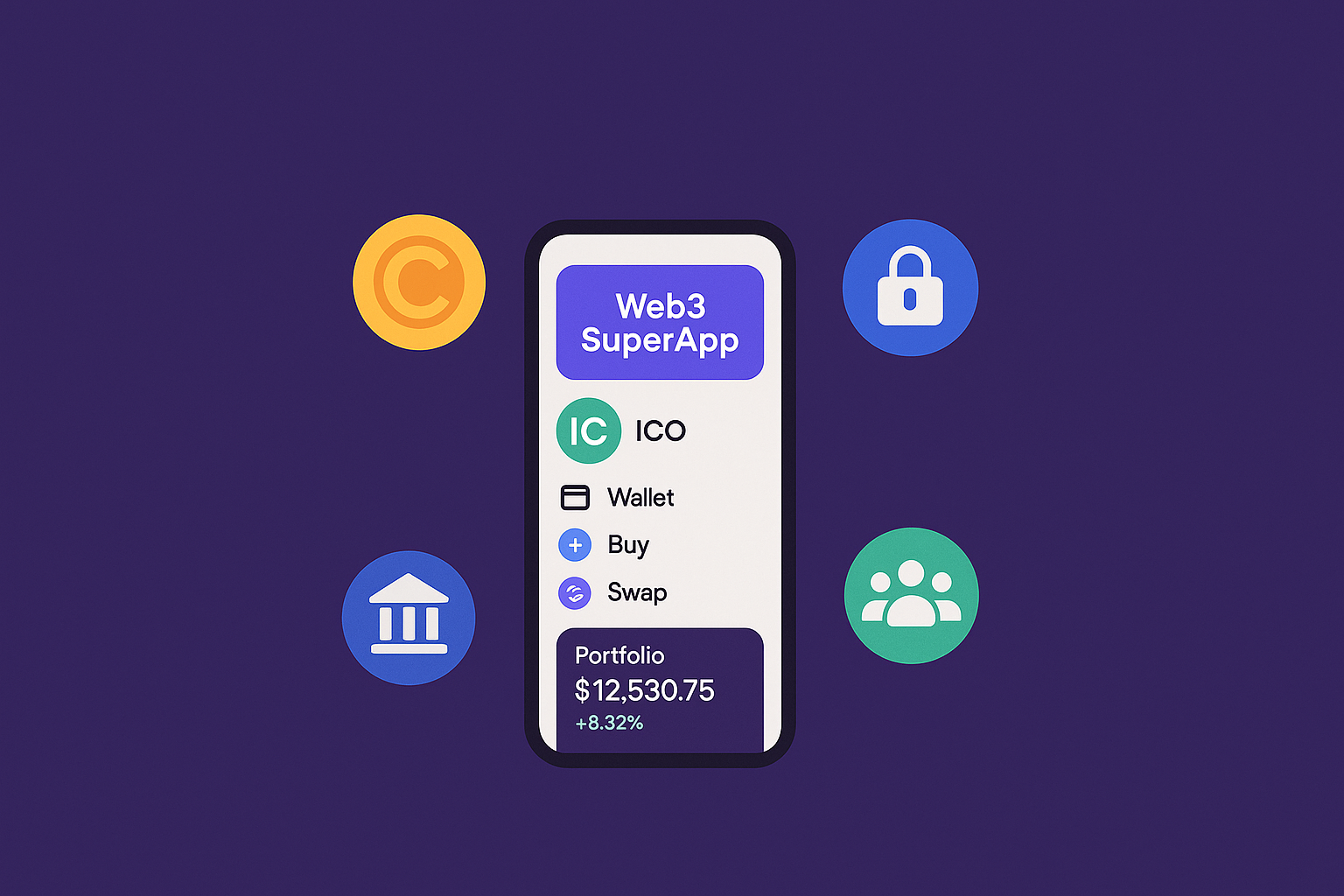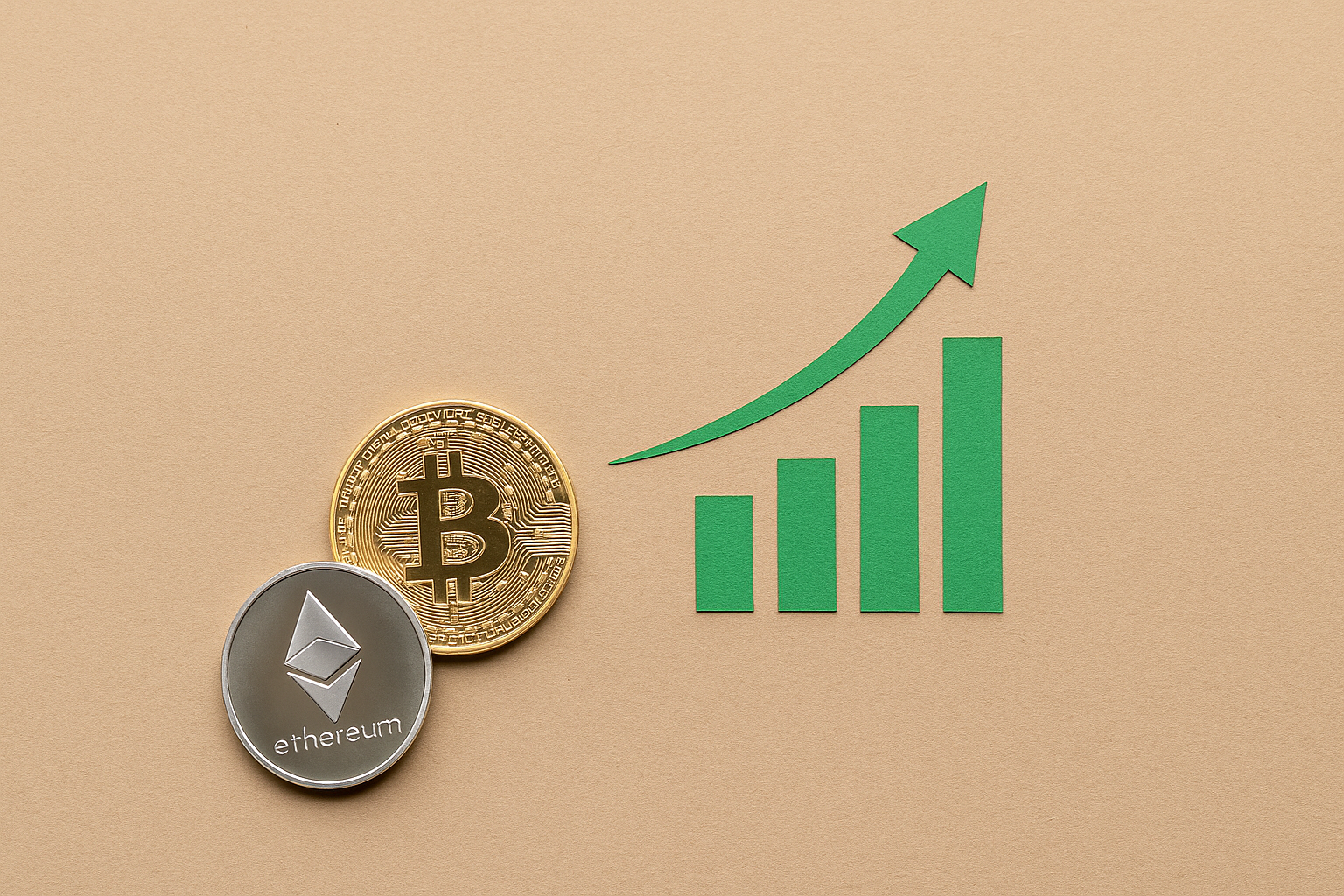Altcoin News
Stablecoins – the Future of Digital Money?

One of the biggest flaws of cryptocurrencies is volatility and without price stability, their ability to function as currencies do is limited. Money has two important functions; one is to operate as a medium of exchange and the other to provide a store of wealth. Right now, it’s not the case with the lather, as investors need to take huge risks when making long-term investments. Because of that, a new type of cryptocurrencies had emerged and that will be the main topic of today.
What is a stablecoin?
A stablecoin is a new class of cryptocurrencies that attempt to offer price stability since they are backed by one or more reserve assets (fiat currencies, stocks, bonds, commodities, etc.). Because volatility is no longer an issue, stablecoins continue to gain traction and could serve as a decentralized payment solution in the future.
When a cryptocurrency is backed with an underlying asset price stability arises, even though in certain extreme cases, when the assets backing the token suffer wild swings in valuations. Controlling authorities can jump in the market and control the demand and supply in order to maintain valuations stable.
Types of stablecoins
As we’ve seen in the previous article, the ICO industry had evolved to IEOs and is gradually moving towards STOs (Security Token Offerings), but changes are happening in the whole industry. A few years ago, we only had Tether as the sole and dominant stablecoin, but now we can talk about three main types of such tokens.
First, we have stablecoins collateralized by financial assets. Fiat currencies (US Dollar, Euro, Yen, etc.), precious metals (gold, silver), commodities, and stocks are just a few of the assets that can be used to back a stablecoin. Reserves are maintained by independent custodians and in addition to that, regular audits are being done in order to ensure compliance.
Secondly, it’s possible to create a stablecoin backed by other cryptocurrencies. Because cryptocurrencies are volatile and stablecoins should not be, such tokens must be over-collateralized, meaning a higher number of cryptocurrencies as collateral are needed in order to issue a small number of stable tokens.
The third and final stablecoin category is represented by non-collateralized stablecoins. In this case, there is no collateral keeping the value stable, but instead, there is a mechanism working like a central bank, that adjusts the supply of tokens based on the market fluctuations.
Due to their stability, stablecoins are expected to be a priority in the near future, especially for countries already considering to issue digital money.























